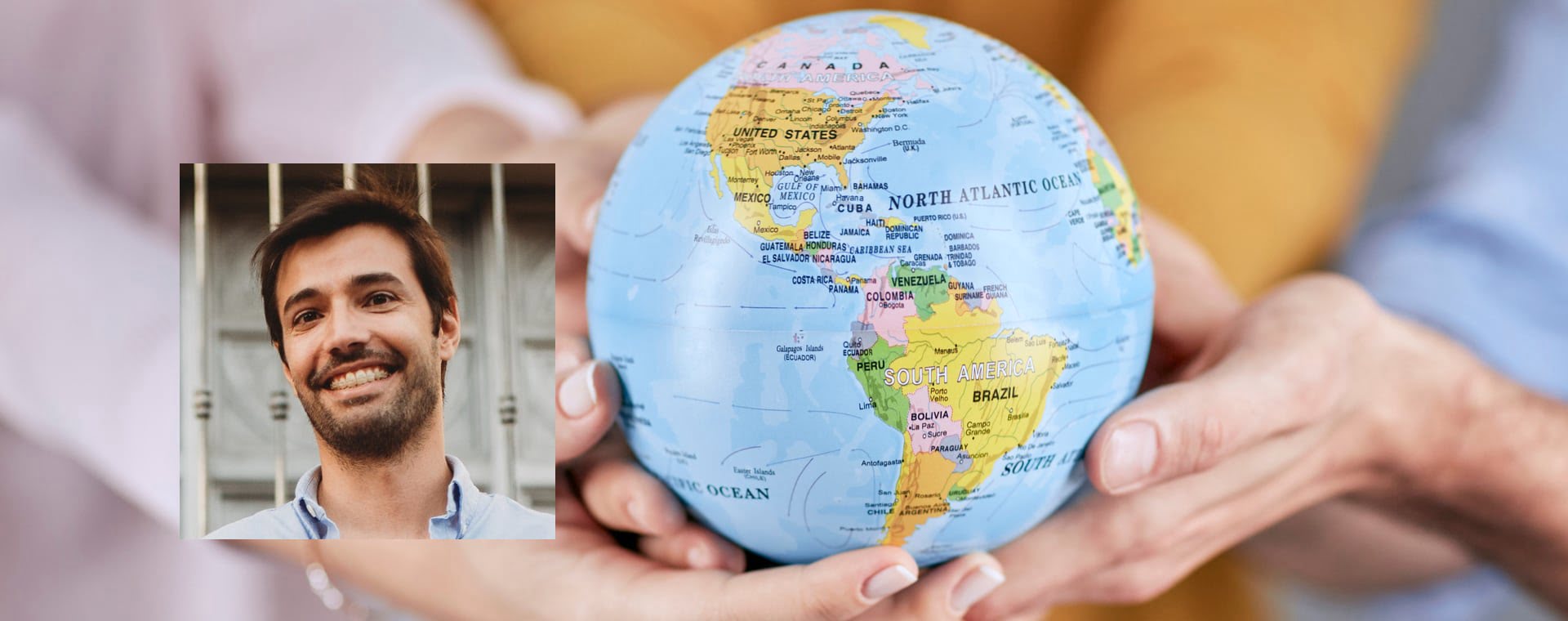I had the pleasure of interviewing Diego Garagorry from Montevideo, Uruguay.
Diego is a prominent member of the Agile Community in South America and was one of the organizers of the Agiles 2015 Conference in Uruguay. Diego is the current VP of Delivery for Globant, a company that builds software products for multiple clients in different industries. It has thousands of employees and offices in several countries in South America and around the world.
Diego started the interview by mentioning that his experience has allowed him to interact with multiple teams that provide services to an array of clients from different industries like banking, telecom, and e-learning. He mentioned that his company has developed its own framework that combines ideas from several Agile approaches. This framework enables his company to have autonomous cross-functional teams that build products for clients by adapting to their unique needs.
Diego mentioned that when they start working for a new client they invest time and energy to help the team understand the context in which it will be operating, as well as the client’s needs and priorities. Depending on the context, the team may decide to use Scrum, Kanban, or any other framework that better aligns with the client’s needs and experience, Diego said.
Diego commented that his company is framework agnostic and that the framework that they’ve created internally values more constant improvement and experimentation. As the team gets more familiar with the client’s needs, it starts adapting its framework and practices to better serve those needs. Pragmatism is always present and the team focuses in providing value to clients, Diego emphasized.
Diego said that his company uses mitosis as the metaphor for explaining how they help teams grow in membership: basically, they split teams, keeping senior members that can guide new recruits or developers that join from other teams. This model has allowed them to keep the knowledge and experience that teams accumulated by working together for long periods of time.
Diego emphasized that alignment is key when having many people working in multiple teams for the same client. Predictability is another challenge when working with multiple teams. Visibility and integration of the work are also important considerations, he added.
Diego commented that his company values more solutions to a client rather than selling teams staffed with large numbers of developers. This thinking guided them to prefer co-located teams or at least teams that share the same or similar time zones. According to Diego, having technical mentors helps to disseminate knowledge and keep smaller but more effective teams.
In closing, Diego mentioned that Agile thinking has been a key element that helped his company to keep up with its clients’ rapidly changing needs. Also, Agile thinking at the team level helps them to keep improving their practices. He last said that Agile enabled autonomous teams and that was fundamental to support his company’s rapid expansion.











